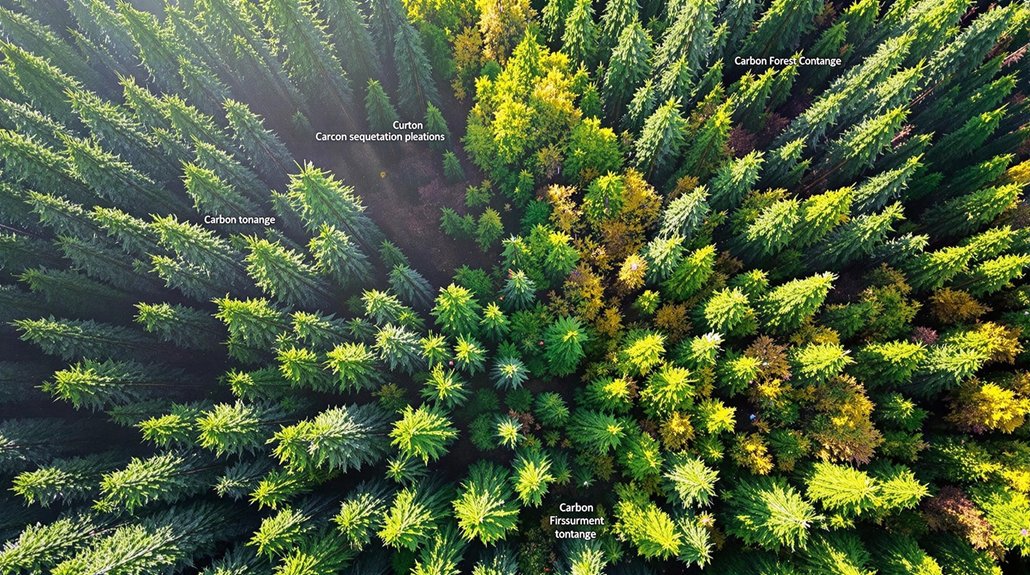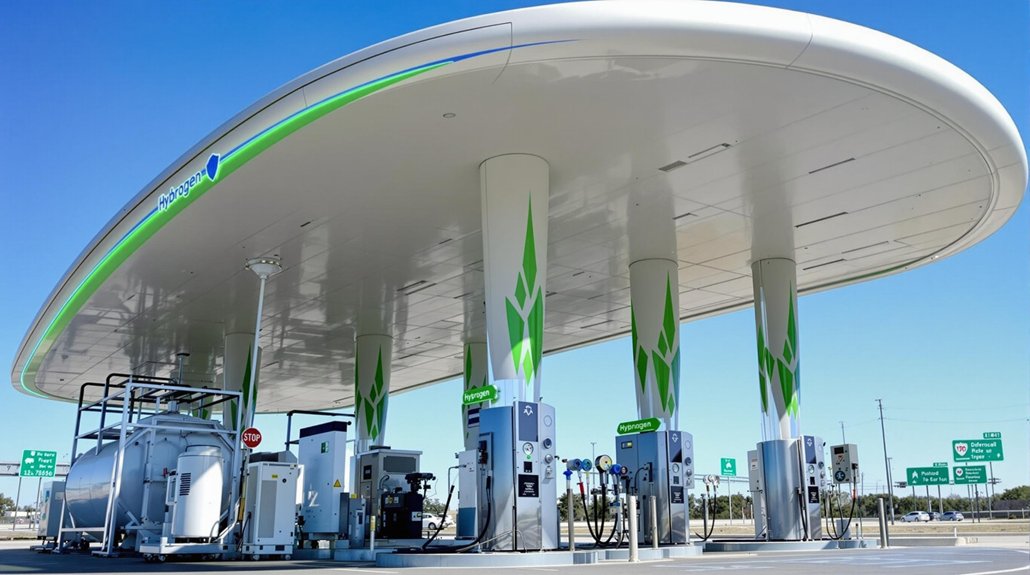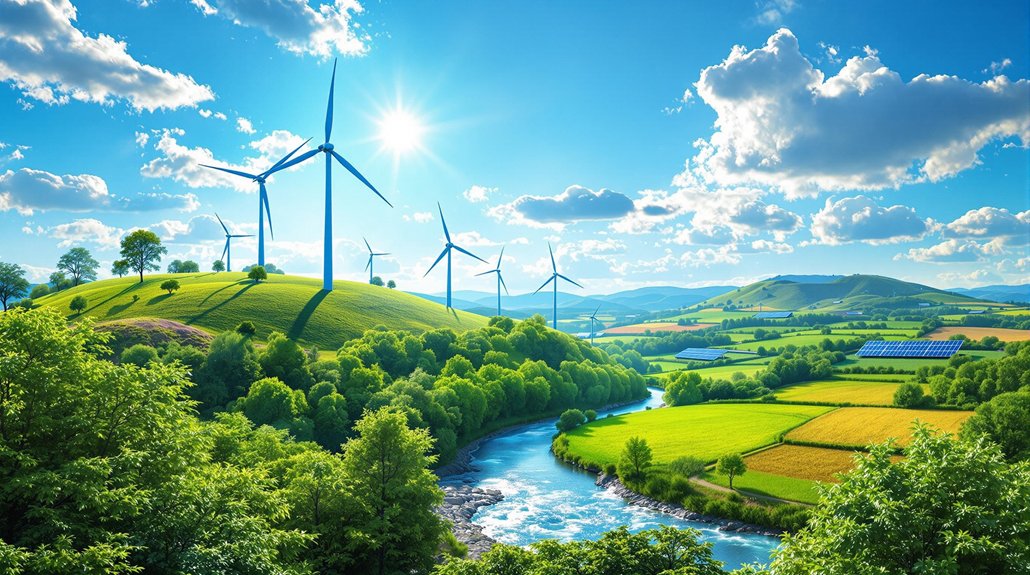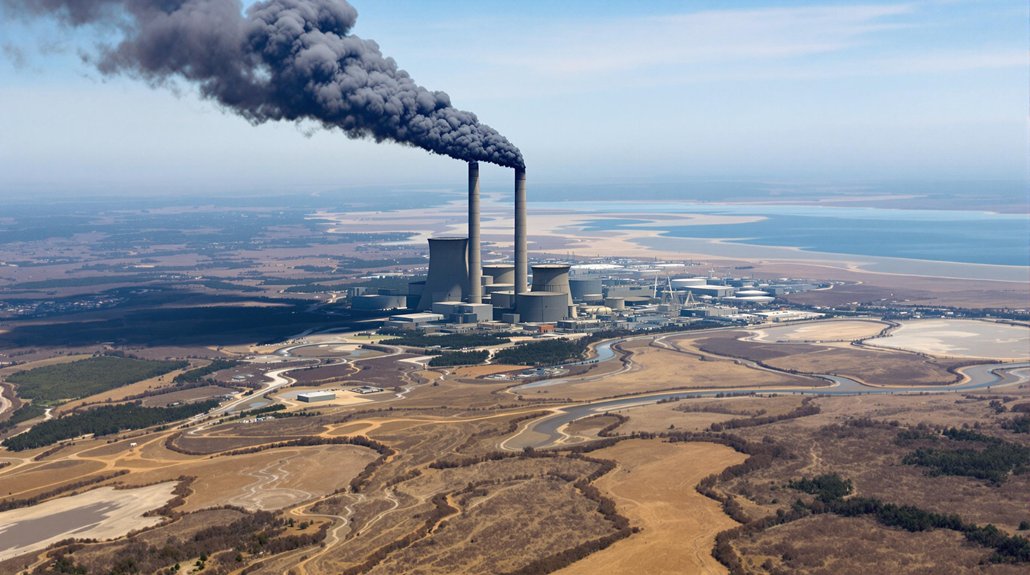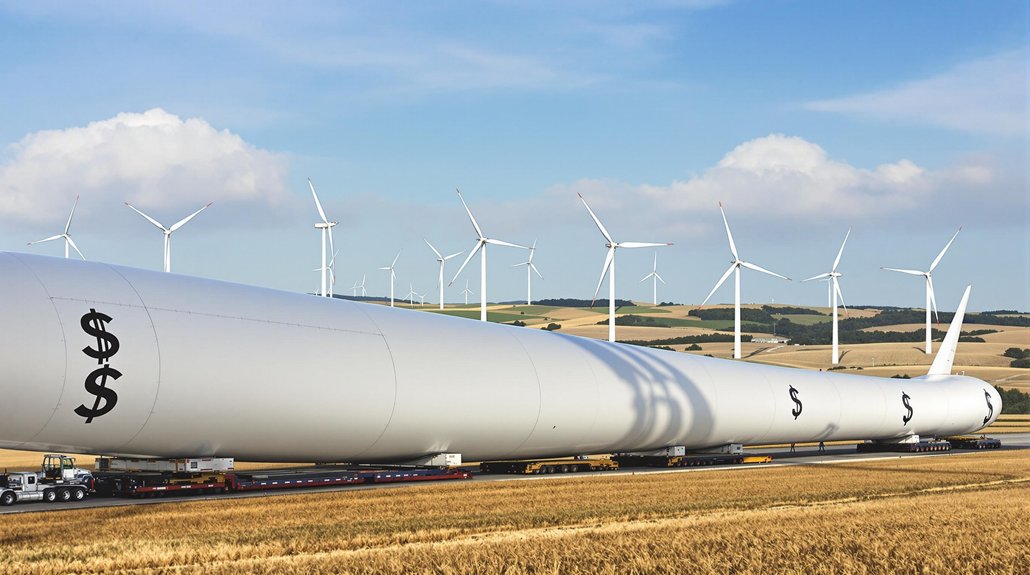An acre of trees can generate 0.5-1.5 metric tons of carbon credits annually, totaling 30-40 credits over 25 years. These numbers vary based on tree species, forest age, soil quality, and management practices. Tropical forests typically capture more carbon than temperate ones due to faster growth rates. Credit values range from $5 to over $50 each, potentially yielding $10-$100+ per acre yearly. Various factors influence these calculations considerably.
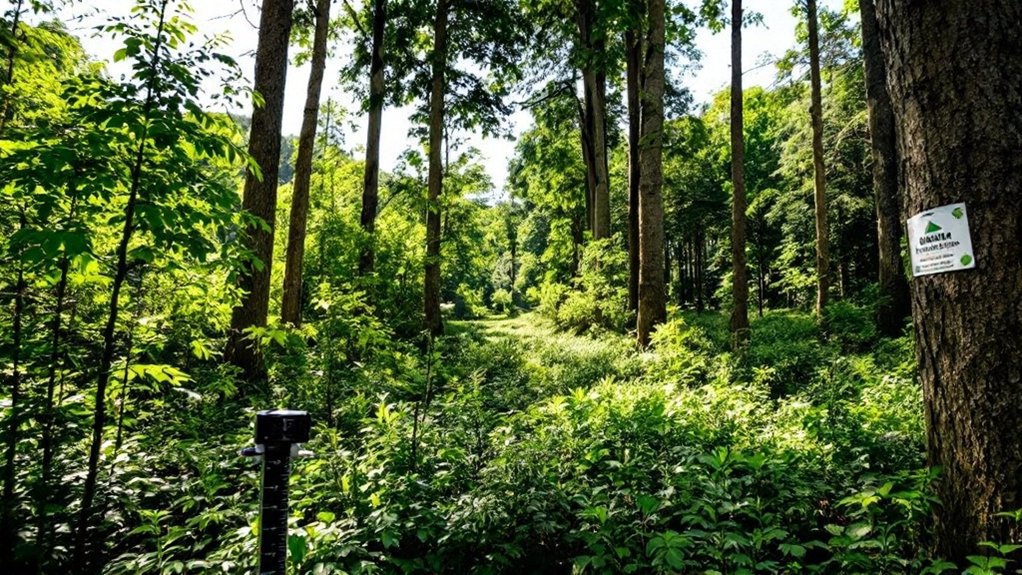
As trees grow and absorb carbon dioxide from the atmosphere, they’re becoming valuable assets in the fight against climate change. Landowners with forested property are now exploring opportunities to earn carbon credits – financial instruments that represent the removal of carbon from the air.
A single average tree can absorb about 48 pounds of carbon dioxide annually. When calculating by acreage, young forests typically sequester between 2 and 5 tons of CO2 per acre each year, while mature forests store approximately 100 to 300 tons of carbon per acre total. Tropical forests generally capture more carbon than temperate ones due to faster growth rates and year-round growing seasons.
These natural carbon capture abilities translate into potential carbon credits. Most forest projects generate between 0.5 and 1.5 metric tons of carbon credits per acre annually. Over a 25-year period, this typically amounts to 30 to 40 carbon credits per acre. The actual number varies based on tree species, forest age, soil quality, climate, and management practices. For example, fast-growing exotic species like Pinus radiata can generate approximately 221 credits annually per 10 hectares, significantly more than native forests.
Forests sequester carbon at different rates, potentially yielding 30-40 credits per acre over 25 years depending on local conditions.
Several established programs verify and issue forest carbon credits, including the California Air Resources Board, Verra’s Verified Carbon Standard, and the American Carbon Registry. Each program has specific requirements for participation.
Most carbon credit programs require a minimum of 40 acres to participate. Landowners must prove “additionality” – showing that their forest management practices are storing more carbon than would occur without the project. Properties must not have participated in previous carbon programs, and owners need full control of timber rights. These forest-based carbon initiatives contribute to improved air quality while simultaneously addressing climate change concerns.
The financial returns from forest carbon credits fluctuate with market conditions. Credit prices range from $5 to over $50 each, potentially generating $10 to $100+ per acre annually. However, these projects involve upfront costs for forest inventory and third-party verification. Sustainable harvesting techniques that minimize soil disturbance can significantly increase carbon credits by maintaining the soil’s ability to function as a carbon sink.
Forest carbon projects face challenges including complex measurement procedures, long-term commitments (typically 25-100 years), and risks from wildfires or pest outbreaks that could release stored carbon back into the atmosphere.
Frequently Asked Questions
How Long Does It Take for Trees to Generate Carbon Credits?
Trees begin generating carbon credits within 1-2 years after planting, though initial amounts are small.
The most productive period occurs during years 5-20, when trees grow rapidly. Credit generation slows after 20-30 years as trees mature.
Depending on the program, credits can continue for 40-100+ years, though some programs limit issuance to the first 25-40 years of a project’s life.
Can Urban Trees Qualify for Carbon Credit Programs?
Urban trees can qualify for carbon credit programs through City Forest Credits (CFC).
These programs accept trees within city boundaries or Census-defined urban areas. Projects must make commitments ranging from 26 years for new plantings to 40-100 years for preservation efforts.
They’re required to measure carbon storage and environmental benefits like improved air quality. Third-party verification is necessary before credits are issued, and ongoing monitoring continues throughout the project’s life.
What Tree Species Sequester Carbon Most Efficiently?
Tree species vary widely in carbon sequestration efficiency.
Fast-growing softwoods like Douglas fir and eucalyptus capture carbon quickly in their early years. However, long-lived hardwoods such as oak and walnut store carbon longer.
In tropical regions, mangroves and bamboo excel at carbon uptake.
Specialized carbon sinks like giant sequoias and redwoods offer exceptional long-term storage due to their massive size and longevity.
Do Diseased or Damaged Trees Still Count for Carbon Credits?
Diseased or damaged trees still qualify for carbon credits, but at reduced rates.
Programs adjust credits based on damage severity and remaining carbon storage capacity. Standing dead trees may receive partial credit in some systems.
Forest owners must report tree health conditions during verification.
Buffer pools exist to account for potential carbon losses from disease or damage.
Regular monitoring guarantees credit calculations reflect the forest’s actual condition.
Can Individual Homeowners Sell Carbon Credits From Their Trees?
Individual homeowners typically can’t sell carbon credits from their trees directly.
Most programs require at least 30-40 acres of forested land. Some programs accept as little as 10 acres.
Aggregator programs that bundle smaller properties together offer an alternative for homeowners with limited acreage.
The process involves professional assessment, verification costs, and long-term commitments of 20-40 years, making it impractical for standard residential properties.
